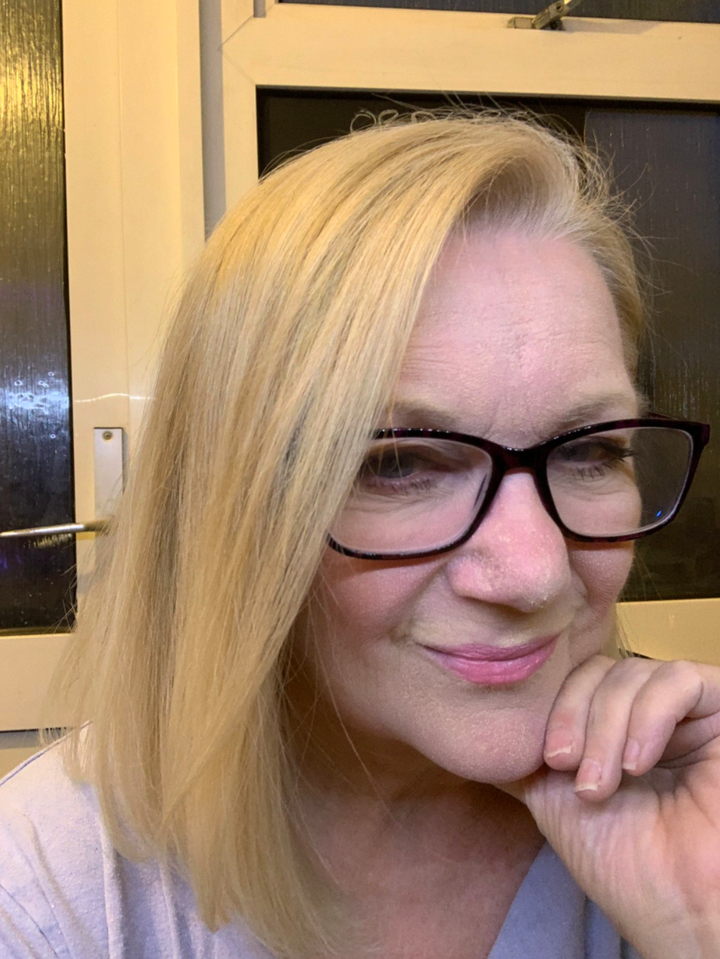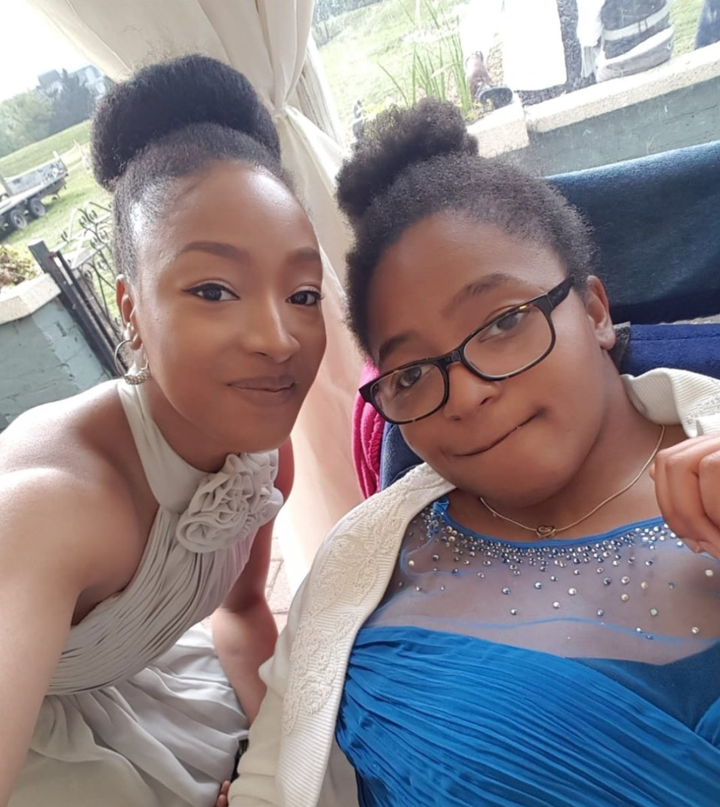We’re here to guide you through the coronavirus pandemic. Sign up to the Life newsletter for daily tips, advice, how-tos and escapism.
Around 2.2 million people in England are shielding from coronavirus, but the government has decided it will soon be time for them to resume regular life – or the so-called “new normal”.
Those shielding in England will be allowed to gather in groups of up to six people outdoors from July 6, the government announced on Monday. From August 1, the guidance to shield – and the support provided – will be scrapped in England entirely.
Elsewhere in the UK, shielding restrictions are also being relaxed. In Wales, those deemed clinically vulnerable have been advised to shield until August 16. In Scotland, the advice is to keep shielding until “at least 31 July 2020”, but further updates are expected. And in Northern Ireland, “it is anticipated that shielding for extremely vulnerable people will be paused” from 31 July.
Following the latest announcement, HuffPost UK asked those who have been shielding how they feel about the easing restrictions.
‘We need to live beyond the fear of the disease’
Kreena Dhiman, 40, says up until recently, she and her family “barely left the house”. She was diagnosed with breast cancer at 33. The tumour damaged her ovaries and sent her into an early menopause – and three years after treatment, she found herself in ICU following acute heart failure.
“Friends brought groceries over and we were extremely cautious in all that we did,” she says. “However I have a two-year-old and staying at home is challenging, so we started to take short walks every two days around our estate at quiet times of the day.”

For Kreena and her family, the new measures come with mixed feelings. “We will get out more, but will be very cautious of coming into contact with people,” she says.
“As a young family, you don’t have much choice, we need to live beyond the fear of the disease. However, my mum is shielding and suffers from chronic lung disease. I can’t see her leaving the house even once the restrictions are lifted.”
‘Without a vaccine, it’s a risk I will have to live with’
Asad Mushtaq, 38, from Lancashire, has a rare autoimmune disorder called sceleroderma, which includes a related lung disease. He “reluctantly” started to go for infrequent walks a couple of weeks ago, but has otherwise stayed indoors.
“I may invite people to my garden from July 7,” he says. “That will really help, as being socially isolated is tough. However, I have anxiety about being outside and can’t imagine after August 1 I’ll be happy to go shopping, or go to work. It seems like an economic decision rather than a public health standpoint.”

Mushtaq works in finance and says his employer has been great, giving him full support to work from home while he feels he needs to.
“They are putting in full protective measures at work,” he adds. “But even if the assessed risk in the country is low, my health condition leaves me vulnerable. Without a vaccine, it’s a risk I feel I will have to live with.”
‘I wouldn’t stop shielding until I felt reassured by the government’
Lucinda Mae Parfett, 20, from south Wales, has multiple underlying health conditions that require her to shield, including asthma and Classical Ehlers Danlos Syndrome, a genetic connective tissue disorder.
She’s recently started going for walks outside, but was “very disheartened” by the latest briefing for shielders.
“We went over 30 days with no communication from the government about the shielded group at all,” she says, “to then be told statutory sick pay for shielders is going to stop, and there will be no gentle easing off of shielding – only an abrupt end.”

“Living in Wales, the end to shielding is slightly longer on the 16th,” Lucinda adds. “But regardless, I wouldn’t stop shielding until I felt reassured by the government of what they were doing to help protect people in the high risk group.”
Life can’t return to normal until everyone in society follows the guidelines strictly, she says. “However, that’s difficult because the guidelines aren’t clear or well enforced.”
‘There should have been a gap between lifting lockdown and lessening shielding advice’
Debbi Wood, 61, from Hampshire, has severe eosinophilic asthma and has been shielding since March 17, only going outside to sit in her own garden.
“After years of steroid treatment my immune system is very low,” she explains. “My lungs cannot fight infection and even getting a slight cold can end up in an emergency admission.”
She feels the announcement that pubs and cinemas will reopen “gives people the impression that the virus has gone”.

“There should have been a gap between lifting lockdown and lessening shielding advice, so it could be monitored carefully,” she says.
“Many will be forced back to work in unsafe conditions. I will continue to shield until August 1 and monitor the data given by the scientists, as well as advice by my consultants – not the government.”
‘It only takes one exposure and I’m in serious trouble’
Aaron Foulds Keighley, 49, from West Yorkshire, has severe asthma, which means he’s in A&E three or four times a year. He hasn’t ventured outside since lockdown began, saying: “It only takes one exposure and I’m in serious trouble.”
Despite the official easing of restrictions, he’s hoping to continue shielding as much as possible. “I won’t be going shopping and I’ll be avoiding public places, I’m not convinced a blanket approach is appropriate,” he says.

Aaron questions how the government can know the extent to which people with different conditions are impacted by coronavirus. “Have they really had the chance to accurately assess the virus on the shielded conditions?” he asks. “I think we are going to be the second wave.”
He acknowledges millions of people “can’t shield forever” but says the latest announcement feels like “a political decision” and “a good news story”, rather than a convincing medical argument.
‘I will decide when it’s safe for me’
Jane, 63, from Hampshire, has a chronic lung condition, meaning Covid-19 “would likely be fatal”. She’s been going out for countryside and beach walks a couple of times a week.
“I wear a mask but it’s still not as relaxing as it should be,” says Jane, who chose not to share her surname. “They’ve been for our sanity – I needed to have a bit of normality. We’ve had one garden visit from a shielding neighbour, strict distancing and no going in the house. It helped us both to just sit and chat.”
Monday’s announcement gave her “no reason” to change her behaviour, she adds. “Covid is still out there… we are still at level three and I don’t trust government data,” she says. “I still can’t go to shops, supermarkets, public gatherings. I will decide when it’s safe for me, with personal medical advice.”
‘It’s come as a surprise… things still seem so uncertain’
Lauren Campbell-Thompson, 27, from London, is shielding as she lives and cares for her twin sister, who has cerebral palsy. Lauren also has asthma.
“Shielding has been an experience of highs and lows,” she says. “For my sister, it hasn’t had too much of an impact as she dislikes being outside. However, I’ve had a lot of nightmares about catching corona and passing it onto my sister or my aunt who is currently having treatment for cancer.”

Lauren is a health worker and assistant psychologist, but she hasn’t worked to ensure she doesn’t infect her household. “The news about shielding ending has come as quite a surprise as things still seem so uncertain – other countries have had second waves and there’s still so much we don’t know about the virus.
“It also puts more stress on carers who will have to return to work out of fear of losing their jobs, and worry about picking up the virus. I will continue to shield for longer – and so will my family.”
Calling all HuffPost superfans!
Sign up for membership to become a founding member and help shape HuffPost’s next chapter
Credit: Source link